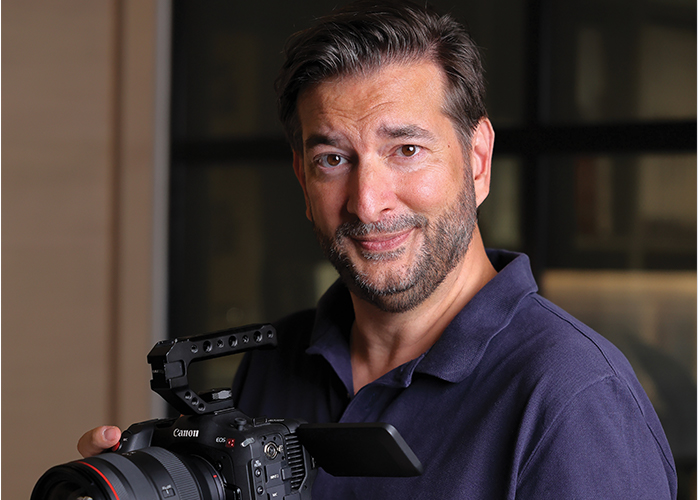I’ve been making commercials and shooting reality TV for over a decade, and I can say without a doubt that we are living in the most exciting time to be in filmmaking or content creation. As head of production for Shadani Consulting’s media division, my passion is all about content creation and ensuring that we are always delivering unique, memorable and award-winning work. I have already started implementing quite a few of the trends below – the use of hand-cam shots (trend no. 2) in particular got us featured in Campaign Middle East’s Top 20 Film Campaigns of 2021 for our Canon Middle East commercial.
Are you interested in improving your numbers game? Making content optimised for maximum returns and engagement? Gain insight into measurement and managing metrics through content, data and technology, in a morning of networking and opinions at the next Campaign Breakfast Briefing. Register now.
Here are five trends that will change the way we watch, shoot and produce movies and content in the future:
1. Virtual production studios are a game-changer
Don’t have the budget for multiple locations across the globe? No problem. A virtual studio is your answer. It will allow the background to be controlled and manipulated in real-time, with the ability to change the background setting and have interactions with actors across any computer-generated environment. You can be anywhere, any time – without having to actually go there. Essentially, virtual production studios are increasing the quality of production, and ease with which content is made and delivered – with minimal errors, as they can be reshot and corrected on the spot.
2. Rise of hand-cam shots for those ‘real’ moments
Hand-held footage used to be associated with shooting low-budget or horror films – but in recent years it’s become synonymous with a new approach to filmmaking, where you want to add a touch of realism to the storylines or characters. Shows like The Office and Modern Family have paved the way for this uber-immersive feeling that draws the audience into the story.
3. Influence of NFTs in the media sphere
Many media companies are now exploring NFTs as a way to expand engagement with their content, movies and audiences. We have already seen people purchasing NFTs linked to art, real estate and much more, and now we are witnessing large media companies and production houses forming relationships with NFT artists and marketplaces to develop offerings that will allow consumers to engage in a new way with their favourite characters, movies or content. NFTs and the metaverse are here to stay and it will be interesting to see how these new relationships pan out – especially as Dubai is home to the Middle East’s first NFT artist Amrita Sethi, who is at the forefront of the digital art market and introducing new NFT concepts.
4. Artificial intelligence (AI) and machine learning (ML) are becoming the backbone of filmmaking
The future of filmmaking will be anchored in AI and ML – there’s just no escaping it. We’re already seeing most of our favourite movies and summer blockbusters using AI and ML for filmmaking – especially when it comes to implementing visual effects, animations and renderings. Take, for example, Avengers: Endgame – a major hit that owed quite a bit of its success to AI and ML. Be it script writing, simplifying pre-production or movie editing, AI and ML are becoming the go-to solutions within the filmmaking and production industry
5. Augmented Reality is creating immersive and real-time experiences
It would not be an exaggeration to say that AR will disrupt traditional filmmaking and the way we consume content. For example, popular streaming platform Disney+ just released its first AR-enabled short film this September. By scanning a QR code, the viewer’s living room is transformed into a fantasy wonderland extending the movie experience beyond the traditional screen. That’s what I call a real glimpse into
the future.










